Today is the very last day of the year. And guess what? This is the very last post you'll see on AutoblogGreen in 2009. Fret not, green car aficionados, there will be fresh new material to keep us all interested in 2010, but let's take a minute to look back. Not just on the last decade, but on the entire last century.
We can all recite the usual suspects when talk turns to the green automotive scene. Toyota Prius, Honda Insight, Tesla Roadster, Volkswagen Jetta TDI. But cars like these wouldn't exist if it weren't for some of their predecessors as seen on today's list. Whether powered by gasoline, diesel, electrons or some combination of those three, American history is full of cool green cars.
In reality, there are entirely too many historic eco-friendly cars for us to list here, so we decided instead to compile a group of vehicles that we think are interesting for one reason or another. So don't necessarily think of this as a top 10, think of it more as something to think about moving forward. We also tried to come up with a few machines that you wouldn't expect to see, just to keep it interesting. With all of that out of the way, click past the break to see the entire list of 10 green cars to remember.
[Source Image: Bengt Nyman | CC 2.0]
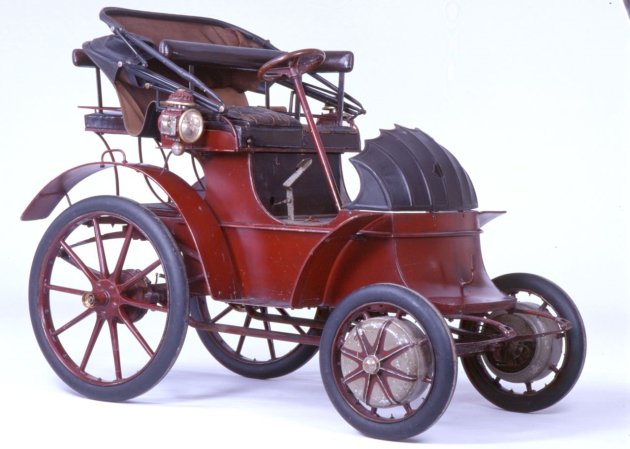
We can all recite the usual suspects when talk turns to the green automotive scene. Toyota Prius, Honda Insight, Tesla Roadster, Volkswagen Jetta TDI. But cars like these wouldn't exist if it weren't for some of their predecessors as seen on today's list. Whether powered by gasoline, diesel, electrons or some combination of those three, American history is full of cool green cars.
In reality, there are entirely too many historic eco-friendly cars for us to list here, so we decided instead to compile a group of vehicles that we think are interesting for one reason or another. So don't necessarily think of this as a top 10, think of it more as something to think about moving forward. We also tried to come up with a few machines that you wouldn't expect to see, just to keep it interesting. With all of that out of the way, click past the break to see the entire list of 10 green cars to remember.
[Source Image: Bengt Nyman | CC 2.0]
Ten Green Cars to Remember from the Last 100 Years
Lohner-Porsche Mixte Hybrid

What's green about it?
Well, this one's pretty easy. Not only is this vehicle one of the first automobiles in the world, it's also the first ever hybrid, or, if you prefer, an extended-range electric vehicle. It also features the world's first hub motors, which originally powered the front wheels only and then later all four.
Why is it significant?
As we already said, this car represents the first ever hybrid. Each motor puts out 2.5 continuous horsepower and up to seven for short bursts. That's enough for "cruising" at 10 mph with a top speed of 31 mph. An 80V, 40Ah battery could potentially give a range of up to 30 miles. The car was first introduced in 1900, and Lohner built and sold over 300 of the pioneering EVs. Ferdinand Porsche later created the first all-wheel-drive car when he added the hub motors to the rear wheels.
Stanley Steamer
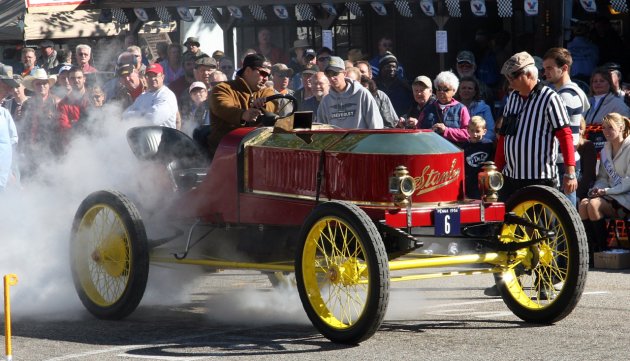
What's green about it?
The Stanley Motor Carriage Company produced cars between 1902 and 1924. Steam engines use external combustion and are therefore able to operate on many different types of fuel. Stanley, for instance, used both gasoline and kerosene in its cars. The company's wares weren't particularly fuel efficient, but they were said to produce fewer harmful emissions than comparable internal combustion vehicles.
Why is it significant?
Interestingly, these cars were very potent performers in their day, holding land speed records well after they ceased production in 1934. Who knows what modern-day steam vehicles could accomplish if they had gotten the same kind of continual technology updates that today's internal combustion vehicles received over the years. Oh wait, we do know.
Detroit Electric
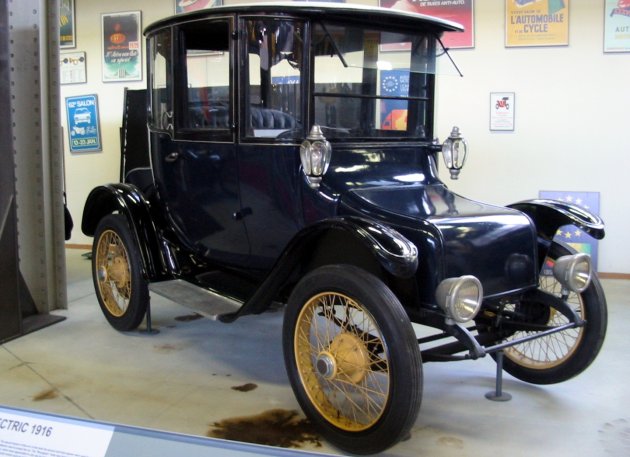
What's green about it?
It's electric, meaning it requires no fossil fuels in operation. The Detroit Electric hit the market in 1907 with lead acid batteries that were said to be capable of propelling the electric car for up to 80 miles with a top speed of 20 miles per hour. Thomas Edison's nickel-iron batteries were a $600 option.
Why is it significant?
You're surely aware by now that electric cars are nothing new, as evidenced by this car. As such, every modern electric vehicle owes at least something to early pioneers who believed there was a better solution to our transportation needs than fossil fuels.
1977 Honda Civic CVCC
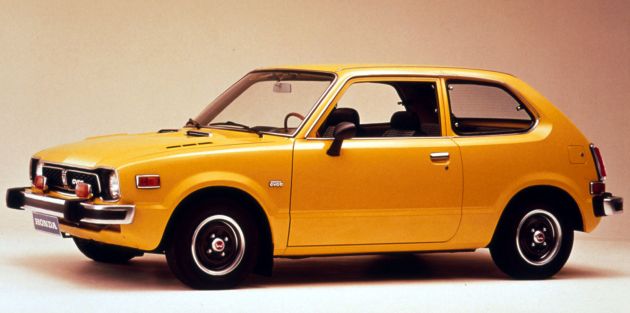
What's green about it?
First of all, what the heck is CVCC? Compound Vortex Controlled Combustion. It's complicated, of course, but Honda basically added a small auxiliary inlet valve to the normal intake and exhaust valves that filled a precombustion chamber near the sparkplug with a rich air/fuel mixture. A much leaner mixture was directed to the cylinder as normal. The result was greatly reduced emissions. The Civic CVCC was also the most fuel efficient car in its class.
Why is it significant?
Leave it to Honda to come up with a way to meet the U.S. government's new emissions requirements for 1975 without the use of a catalytic converter. While other automakers were busy explaining to any who would listen exactly why the new rules were unfair at best and impossible to meet at worst, Honda just went out and made it happen two full years before the company was even required to do so. A slew of rival automakers, including Toyota, Ford, Chrysler and Isuzu, came to see the technology in action and ended up licensing it for their own use.
 |
Jonny Lieberman, Autoblog.com
"In fact, there's enough energy in a can of Coke to power Los Angeles for an entire year" So said my old man as we drove around in his brand new 1979 Oldsmobile Cutlass Diesel. Being very young, I mistook the lesson in nuclear fusion he was giving with the oil burner we were cruising in. Imagine my shock then when just two days after bringing it home, my Dad returned the 260 Cutlass, bad headbolts and all. Still, those were without question the greenest miles any father and son ever spent in an Oldsmobile."
|
Sebring-Vanguard CitiCar
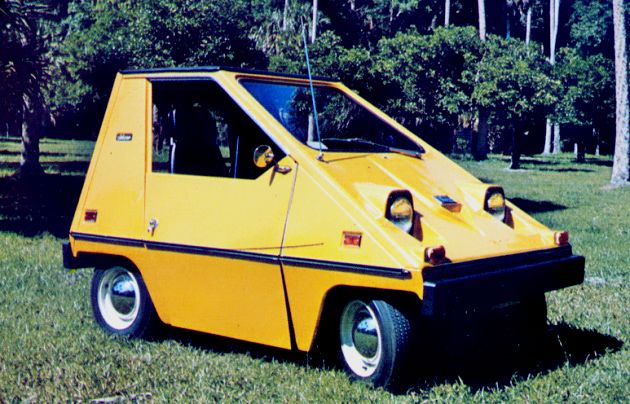
What's green about it?
Perhaps you can tell by the picture above that the CitiCar isn't your typical conveyance from 1970s America. In fact, the tiny little wedge-shaped electric vehicle was first offered in 1974 at the height of the oil crisis. It was about the size of a golf cart and could reach speeds up to 39 miles per hour with a range of up to 40 miles per charge from its lead acid battery pack.
Why is it significant?
A total of about 4,300 of the little suckers were built between 1974 and 1982, making it the most widely sold electric car ever offered until the GEM appeared in the 1998. Sure, it's not the kind of thing we'd all like to drive around in, but as a means of getting from one place to another cheaply and without gasoline, it apparently did the trick.
Volkswagen Rabbit Diesel
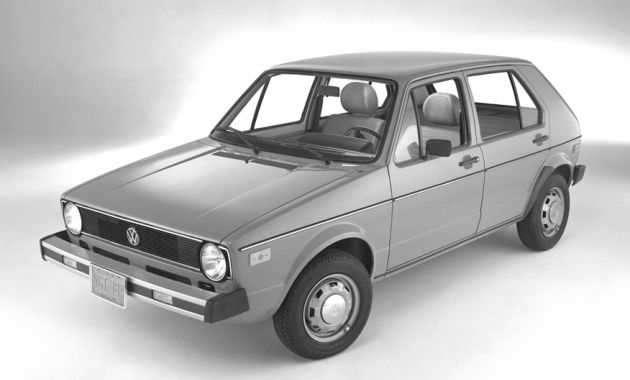
What's green about it?
By 1977, the third year that the Rabbit was available in the United States, Volkswagen decided to add a 48-horsepower 1.5-liter diesel powerplant that, when mated with a manual transmission, earned fuel economy ratings of 50 highway and 40 city.
Why is it significant?
This one should be obvious. Today, Volkswagen offers a highly refined TDI engine in the Jetta that has won accolades from the motoring press and been a major sales hit with consumers. That car wouldn't exist if it weren't for the well-earned reputation set by the 1977 Rabbit Diesel. For what it's worth, VW has sold 815,000 diesel vehicles since the 1977 Rabbit.
Honda CR-X HF
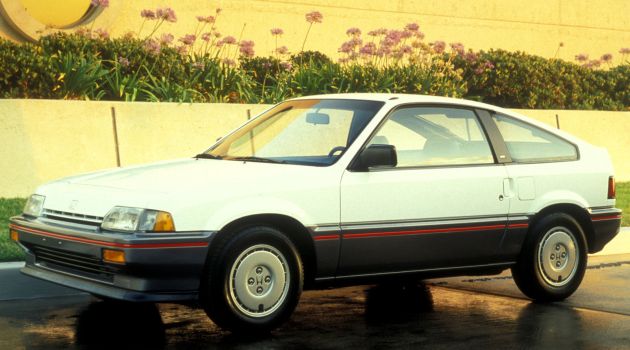
What's green about it?
The Honda Civic CR-X came equipped with either a 1.3-liter or 1.5-liter four cylinder engine that managed an impressive 41 mpg city and 50 mpg highway (using the current revised EPA standards). In HF (High Fuel economy) guise with a manual transmission, the CR-X weighed just 1,713 lb and sported excellent aerodynamic properties.
Why is it significant?
Do fuel efficient cars need to be boring to drive and unattractive to look at? Nope. For proof, look no further than the Honda Civic CR-X HF. Due to its light weight, usable engine and tossable nature, the CR-X was a hoot to drive while returning fuel economy on par with the best of today's highly lauded hybrids.
Geo Metro XFi
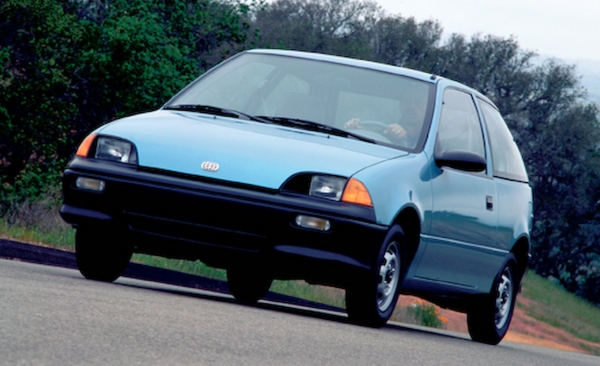
What's green about it?
Minimalism. This car had just three cylinders producing only 49 horsepower. Not very impressive, right? But what stood out was the 43 city, 51 highway (per the revised 2007 EPA mileage standards) fuel mileage. Not too shabby, right?
Why is it significant?
General Motors actually went to great lengths to make sure the Metro XFi was a fuel miser. For instance, the engine was equipped with a shorter duration cam, a leaner fuel map, two-ring pistons and a higher final drive gear ratio all in the name of economy. It must have worked, too. Back in the summer of 2008, when gas prices hit record highs, the Metro became an unlikely used car hero, sometimes changing hands at higher transaction prices than when new.
GM EV1
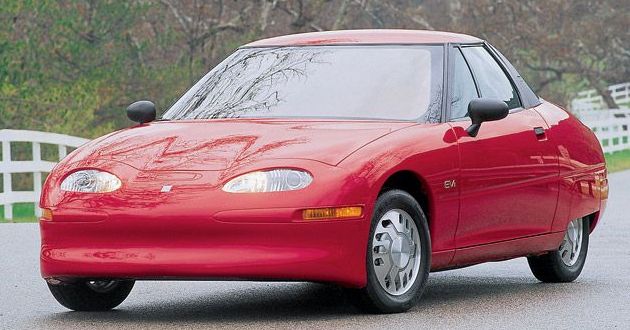
What's green about it?
This car needs no introduction, right? The two-seat, two-door EV with super slippery bean-shaped styling has come to represent a major milestone in the history of the electric car.
Why is it significant?
Again, the life and subsequent death of the EV1 is a well-covered topic. In fact, instead of running through the whole sordid ordeal, feel free to click here for plenty of information on the topic right on our own pages. Here's the short version: The GM EV1 was an unmitigated success in the minds of the consumers who drove them and a disaster of epic proportions for the automaker that built them. Nearly all of them have been crushed and are sadly no longer on the road.
Honda FCX Clarity
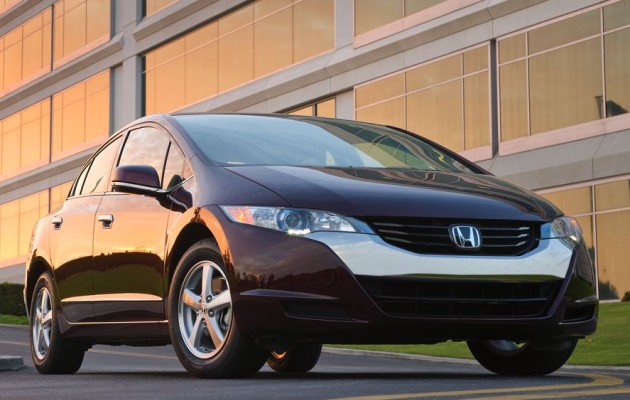
What's green about it?
We've seen hybrids, we've seen electric vehicles and we've seen cars powered by diesel engines. What's left? Hydrogen, naturally. While the merits of hydrogen-powered vehicles is intensely debated, one thing that's not debatable is the complete lack of tailpipe emissions.
Why is it significant?
Nearly every major automaker in the world is working on hydrogen fuel cells, but only one has actually put a production hydrogen-powered vehicle into the hands of paying consumers: Honda. Plus, the FCX Clarity is a clean-sheet design that isn't based on any other vehicle's platform. Finally, it works just like you expect a real car to work, and that's a triumph of engineering too great be dismissed.



Sign in to post
Please sign in to leave a comment.
Continue